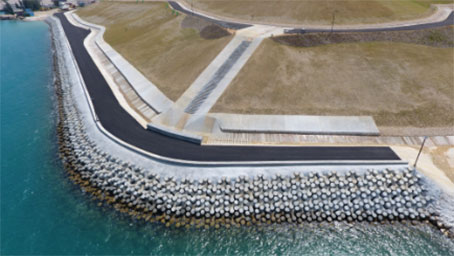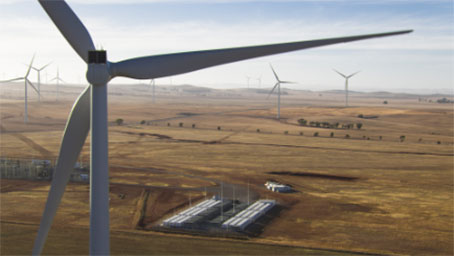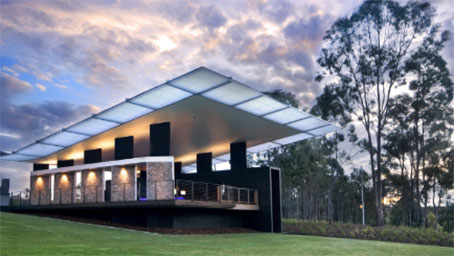Environmental, Social & Governance (ESG) considerations are rapidly gaining scale across the world, with many clients managing investments through an ESG framework. This is driving clients to assess benchmark and improve the ESG performance of their existing assets, avoid investments in certain industries, companies and geographies and to seek out new sustainable businesses, technologies and markets.
Climate risk in particular has been an increasing focus this year, as we see more extreme weather events across the world, and GHD is working with clients to not only assess the risk to their business and assets but also to provide resilience and adaptation solutions using our depth of technical expertise.
In New Zealand, climate change adaptation and resilience is fast becoming a mandatory area to consider for all projects – how the infrastructure that is being delivered for a community will address the hazards of climate change, enhance community health and wellbeing, and provide an asset that will endure.
In Australia, we are supporting clients with waste to energy projects, driven in part by changes to the waste material export market, and assisting clients design and deliver infrastructure construction projects in a more sustainable way.
We are also helping clients tackle the contamination legacies of the past, while anticipating and addressing emerging issues that pose a risk to business continuity and balance sheet strength.
Our services continue to evolve and diversify, ranging from impact and assessment to contamination and remediation, climate change and resilience. We integrate strategic business advisory, digital solutions, and market-driven innovation to maintain pace with the challenges faced by public and private sector clients alike.
Our clients are increasingly seeking a professional partnership, where we bring new ideas and thoughts into their businesses. Our ambition is to create client value in response to emerging trends, including new environmental threats and opportunities, climate change, ageing assets and infrastructure, and digital disruption.
To do this effectively we are continuing to improve knowledge sharing across our global business, bringing innovation and research developments from our mature markets into emerging ones. For example, we are extending our experience of assessing and managing Poly and Perfluoroalkyl Substances (PFAS) in Australia and Europe into the US and Canadian markets.
As many clients have to make provisions for future site rehabilitation, GHD Advisory is working closely with them to help understand closure or reuse of assets in complex regulatory environments.
GHD Digital realises the potential of artificial intelligence, robotics and machine learning in the environmental sector and employs these techniques to improve resource planning and use, as well as analysing data to monitor and improve decision making.
Looking to the future, we believe that technology offers the greatest opportunities to support our clients in achieving their business sustainability goals. We are pushing the boundaries with new services such as virtual reality training on spill sites for first responders, and online portals that help clients identify liabilities by bringing together lab results, historical data and regulatory information.







